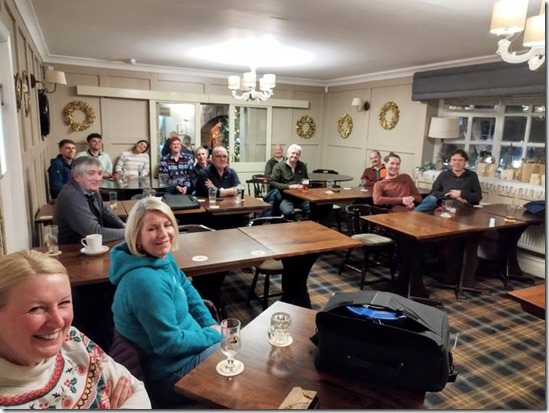Update on Edenfield Site Access
Last month, I reported that after discussions with the farmer grazing sheep and lambs on the landing field, we had managed to keep the site open with an extended restriction period. Unfortunately, that is no longer the case.
Earlier this month, following southerly winds, several members were approached by a different farmer while flying on the fell. Further discussions have since taken place with both farmers, and a new agreement has been reached.
Revised Arrangements:
Edenfield landing field will be closed for lambing from 1st April to 25th May.
The Edenfield site will return to the usual closure period of 25th April to 25th May.
Please respect these closure dates.
Thank you for your understanding and cooperation.
Andy
Sites Officer
Thank you for your cooperation.
Andy
Sites Officer
